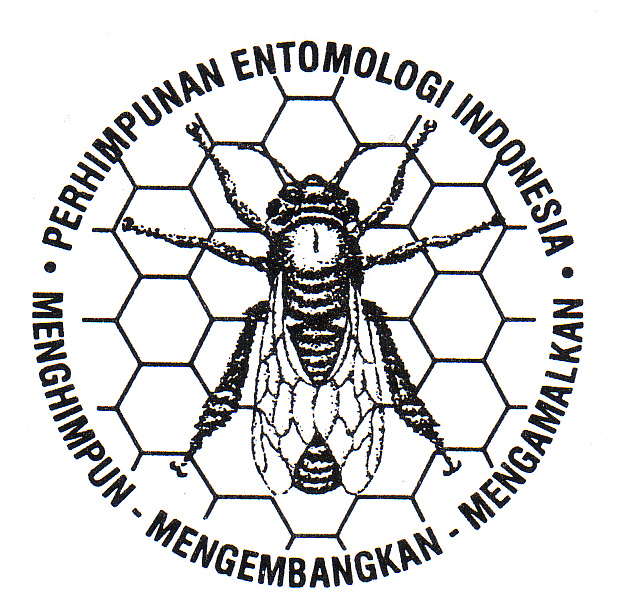Resistance status and the rate of resistance development in Musca domestica Linnaeus (Diptera: Muscidae) to permethrin and imidacloprid in Indonesia
DOI:
https://doi.org/10.5994/jei.18.3.159Keywords:
Indonesia, imidacloprid, Musca domestica, permethrin, resistanceAbstract
A previous report has indicated that in many regions of Indonesia, populations of Musca domestica have shown very high resistance to permethrin and low resistance to imidacloprid. In this study, the resistance status to permethrin and imidacloprid was updated using a topical application and feeding bioassay. Six housefly strains originated from six highly populated cities in Indonesia, namely Serang (SRG), Jakarta (JKT), Bandung (BDG), Semarang (SMG), Yogyakarta (JOG), and Surabaya (SBY). A seventh strain (Danish Pest Infestation Laboratory) served as the control. Each strain was tested for resistance to the two insecticides. The rate of development of resistance to the two insecticides was measured over ten generations. The results indicated that all field strains showed very high resistance to permethrin. The highest resistance level recorded was in the SRG strain (RR50 = 2880), and the lowest was in the JKT strain (RR50 = 520). Repeated application of permethrin over ten generations increased the resistance level by about 2.7–32.73-fold as compared to the level of their respective parental populations. On the other hand, most strains showed low to moderate resistance to imidacloprid, in which the SRG strain had the highest resistance level (RR50 = 15.5) and the SBY strain had the lowest (RR50 = 2.0). Repeated application of imidacloprid over ten generations increased the resistance level by about 3.25–17.41-fold. The findings, which is the second report of housefly resistance in Indonesia since 2016, provide a crucial foundation for developing appropriate housefly integrated pest management strategies in highly populated areas in Indonesia.
Downloads
Downloads
Published
How to Cite
Issue
Section
License
Copyright (c) 2021 Sri Yusmalinar, Tjandra Anggraeni, Ramadhani Eka Putra, Ashari Zain, M. Alvin Akbar, Intan Ahmad

This work is licensed under a Creative Commons Attribution 4.0 International License.
Authors who publish with this journal agree to the following terms:
- Authors retain copyright and grant the journal right of first publication with the work simultaneously licensed under a Creative Commons Attribution 4.0 International License that allows others to share the work with an acknowledgement of the work's authorship and initial publication in this journal.
- Authors are able to enter into separate, additional contractual arrangements for the non-exclusive distribution of the journal's published version of the work (e.g., post it to an institutional repository or publish it in a book), with an acknowledgement of its initial publication in this journal.
- Authors are permitted and encouraged to post their work online (e.g., in institutional repositories or on their website) prior to and during the submission process, as it can lead to productive exchanges, as well as earlier and greater citation of published work (See The Effect of Open Access).









